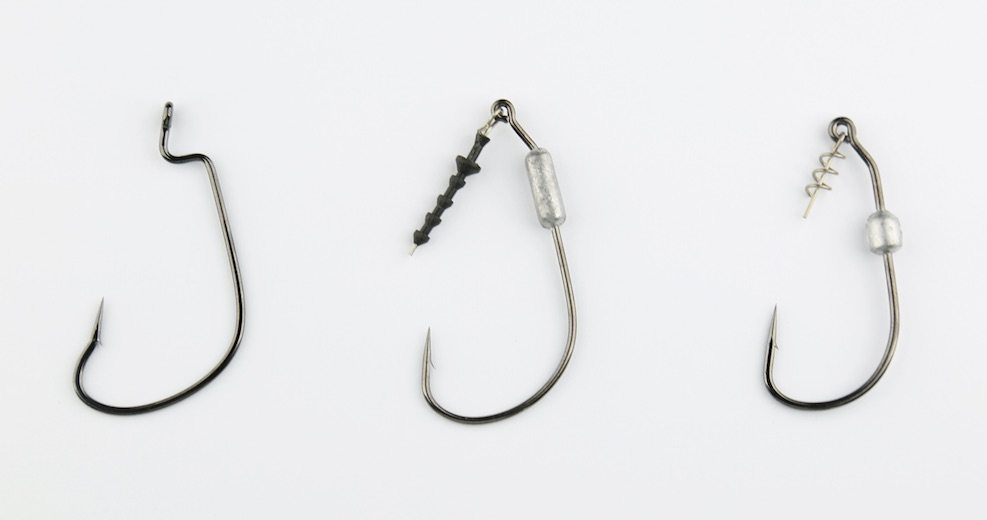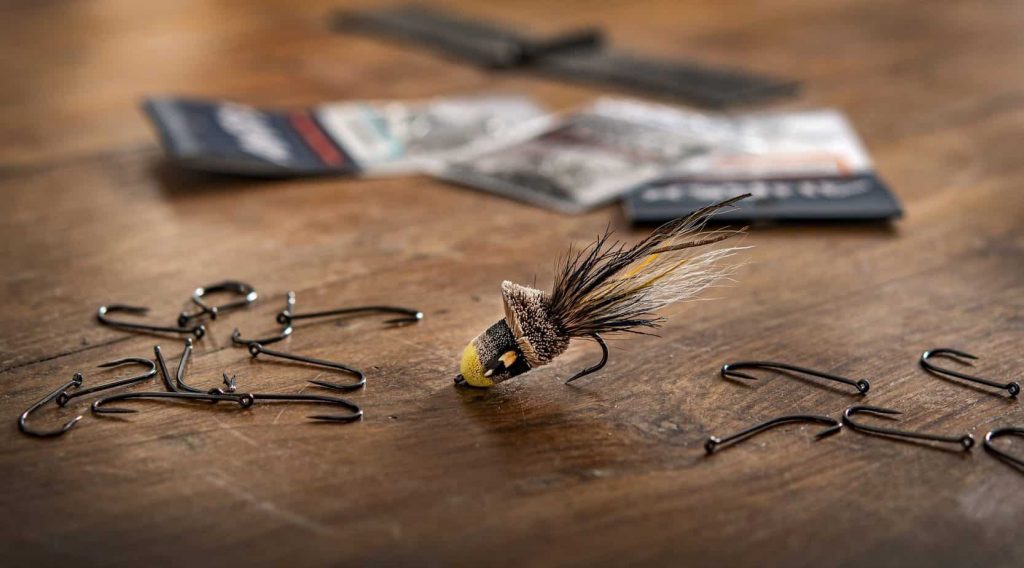Fishing is a process where you have to consider a lot of different nuances. The weather, the location, the type of fish you are going to catch, the type of tackle, and the feeders and hooks. Here are the hooks we would like to talk about in this article in more detail.
HOW TO CHOOSE THE RIGHT HOOKS? WHAT TYPES OF HOOKS ARE THERE?
Hooks are needed to hold the bait as well as pull out the catch. According to the type of underfishing, hooks can be single or double. Single hooks are the classic, quite versatile hooks, while double hooks are most often used to catch predatory fish. Hooks can also be triple – they are used for very large predatory fish.

Common to almost all fishing hooks – it is their main functional areas: the sting, bit, underbite, hook width, foreend, ear (can be in the form of a ring and shovel; it makes sense to use hooks with an ear in the form of a ring). Although, if you fish with thin lines, the hook with a spade is preferable, as there is less chance of cutting the line on the sharp edges of the hook wire. The main points to watch out for are:
- The sting should be sharp (may be straight or displaced relative to the plane of the shank). The sting may be bent inward in an arc to keep the fish on the hook better, but with such a sting it is a bit harder to hook.
- The beard of the hook should not protrude strongly inside the hook, otherwise it will be difficult to hook. When buying a hook, make sure the barb protrudes slightly from the sting inward. This shape is as versatile as possible.
- Pay attention to the thickness of the wire and the length of the shank. For example, worms are more convenient to land on hooks with a long shank, and moths with a short one. In general, the thickness of the hook is important – for example, a moth or grouse on a thick hook is not very sensible.
Strength is also an extremely important parameter. A fishing hook should not break under moderate loads. This can be checked at home by tying a rope (on the bottom of the hook) and pulling it lightly to observe how the hook behaves. Optimally, if the hook does not break at maximum loads, but begins to unbend slightly. If it breaks, there is a good chance to lose a big fish, which with its jerks creates a serious load on the hook. Fishing hook in any case should not break at a moderate load on it. Therefore, if you catch small fish, and hooks break, then the quality – leaves much to be desired. Try to change the hook company or manufacturer, in this case.
The durability is also affected by the protective coating. The highest quality and most expensive option – tinning, it is also suitable for fishing marine predators.
The quality of sharpening is another important point to pay attention to during the selection process. The sharper the sharpening, the less chance that the fish will snap when you pull it out of the water.
When choosing a hook, be guided by what kind of fish you intend to catch and what kind of bait or bait you will use.

Pay attention to the price: a quality hook cannot be too cheap.
A few more tips:
- If you are fishing, for example, pikeperch, that is – a fish with a hard palate, then take the sharpest and thickest hook.
- If you are going to fish a “difficult”, waterlogged reservoir with lots of snags, then take a light hook. Roughly speaking, if you lose it – no big deal, but you can not lose the same troll.
- If suddenly the hook is not sharp enough, then you can sharpen it yourself.
- The size and number of the hook is a key point in the selection. But in order to choose a specific model, you need to know what kind of fish you are going to catch. Well, do not take only one type and size: if the catch will not please you, it is quite possible that it makes sense to think about changing the hook.
- In the cold season, smaller hooks are suitable, in the warm season – bigger ones.
